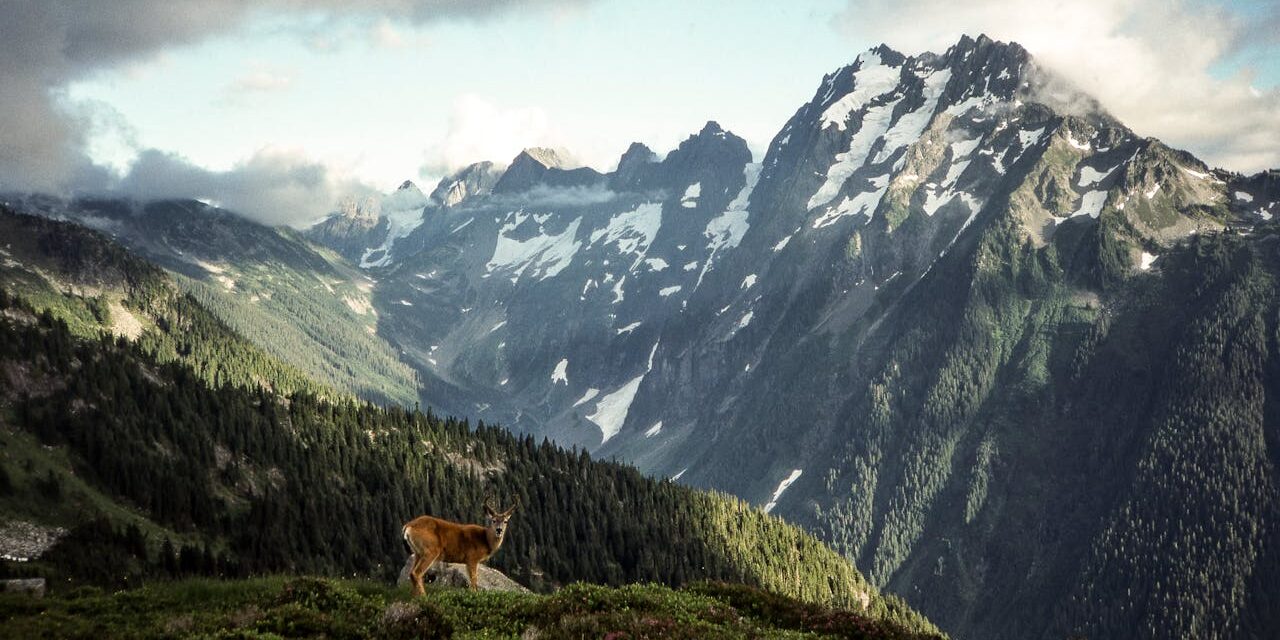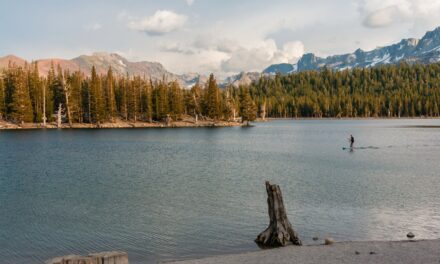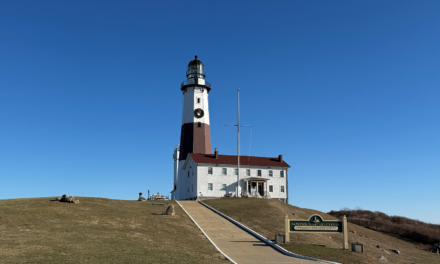Washington, known as the “Evergreen State,” has a history rich with diverse cultural influences and significant events.
From early Native American cultures and European exploration to its pivotal role in American industry and modern technological advancements, Washington’s past is integral to understanding its present.
Below, we explore the history of Washington, highlighting its foundation, major historical events, and notable landmarks.
Table of Contents
Early History
Indigenous Inhabitants and European Exploration
Before European settlers arrived, Washington was home to numerous Native American tribes, including the Coast Salish, Yakama, Nez Perce, and Chinook.
- These tribes developed complex societies with rich cultural traditions, fishing, hunting, and extensive trade networks.
- European exploration was what started and began in the 18th century with Spanish and British explorers. Notably, Captain James Cook charted the Pacific Northwest coast in 1778, and Captain George Vancouver mapped the Puget Sound area in 1792.
The indigenous peoples and early European explorers laid the groundwork for future settlements in Washington.
Territorial Period and Settlement
Washington became part of the United States as part of the Oregon Territory in 1846 following the Oregon Treaty with Great Britain.
- The region attracted settlers through the Oregon Trail, with many seeking fertile land and new opportunities.
- In 1853, Washington Territory was officially established, separating from the Oregon Territory. This period saw significant growth in settlements and the development of infrastructure.
These developments were crucial in shaping Washington’s demographic and cultural landscape.
Key Historical Events
Statehood and Early Development
Washington was admitted to the Union as the 42nd state on November 11, 1889.
- Early economic activities included logging, fishing, and agriculture, which became central to the state’s economy.
- The completion and starting of the Northern Pacific Railway in 1883 and the Great Northern Railway in 1893 facilitated further growth and development.
Statehood marked a new era of political and economic growth for Washington.
The Klondike Gold Rush and Economic Boom
In the late 1890s, this is when the Klondike Gold Rush brought a surge of people and wealth through Seattle, which became a major supply center for prospectors heading to Alaska.
- This period of economic boom helped establish Seattle as a key city in the Pacific Northwest.
The gold rush significantly impacted Washington’s economy and population growth.
The Great Depression and World War II
During the Great Depression, Washington, like much of the country, faced economic hardships. However, New Deal programs provided relief and infrastructure development.
- The construction and completion of the Grand Coulee Dam in the 1930s provided jobs and hydroelectric power, spurring industrial growth.
- During World War II, Washington became a hub for military production, with the Boeing Company playing a crucial role in aircraft manufacturing.
These events facilitated economic recovery and modernization in Washington.
Post-War Growth and the Tech Boom
In the latter half of the 20th century, Washington experienced significant economic and population growth.
- The aerospace industry, led by Boeing, continued to be a major economic driver.
- In the 1980s and 1990s, the rise of technology companies like Microsoft and Amazon transformed the state’s economy, making it a global tech hub.
Modern Washington is characterized by its dynamic economy and technological innovation.
Notable Landmarks
Mount Rainier National Park
Mount Rainier, an iconic symbol of Washington, is a majestic volcano that attracts visitors for hiking, climbing, and scenic views.
- Established in 1899 and set aside, Mount Rainier National Park is one of the grandest and oldest national parks in the United States.
Mount Rainier is a testament to Washington’s natural beauty.
Space Needle
The Space Needle, built for the 1962 World’s Fair in Seattle, is an architectural marvel and a symbol of the city.
- It offers panoramic views of Seattle and the surrounding areas, attracting millions of visitors each year.
The Space Needle highlights Washington’s innovative spirit.
Olympic National Park
This diverse national park encompasses a range of ecosystems, from temperate rainforests to rugged coastlines and alpine peaks.
- It is recognized and marked as a UNESCO World Heritage Site and a Biosphere Reserve.
Olympic National Park showcases the ecological diversity of Washington.
Governance
State Government
Washington operates under a constitution adopted in 1889.
- The state government comprises the Executive, Legislative, and Judicial branches.
- The governor, currently Jay Inslee, leads the executive branch.
The state government addresses the needs of Washington’s diverse population and manages its resources effectively.
Local Government
Washington’s local government structure includes counties, cities, and towns.
- Each level of government has specific responsibilities for services such as education, public safety, and infrastructure.
- Local governance ensures that the diverse needs of Washington’s communities are met.
Effective local governance contributes to the overall well-being of the state’s residents.
Demographics and Growth
Population
As of 2023, Washington’s population was approximately 7.95 million. The state’s demographic makeup reflects its history of Native American, Asian, Hispanic, African American, and European influences.
Diverse demographics and steady growth reflect Washington’s appeal as a place to live and work.
Education and Economy
Washington is home to several prominent educational institutions, including the University of Washington and Washington State University.
- The state’s economy is diverse, with key sectors including technology, aerospace, agriculture, and tourism.
- Washington is also known for its contributions to innovation and environmental sustainability, particularly in the technology sector, with companies like Microsoft and Amazon headquartered in the state.
These factors contribute to the state’s economic resilience and cultural vibrancy.
State of Washington Q&A
Q: When did Washington become a state?
A: Washington was admitted to the Union as the 42nd state on November 11, 1889.
Q: Who were the original inhabitants of Washington?
A: The original inhabitants of Washington included various Native American tribes located in the area such as the Coast Salish, Yakama, Nez Perce, and Chinook. These tribes had rich cultures and established societies with extensive trade networks.
Q: What significant role did Washington play in American history?
A: Washington played a crucial role in American history during westward expansion as a destination for settlers via the Oregon Trail. It also became a major hub for the lumber industry in the early 20th century and later for aerospace and technology industries.
Q: What are some notable historical landmarks in Washington?
A: Notable landmarks include Mount Rainier National Park, the Space Needle, Olympic National Park, and the Hanford Site, which played a significant role in the Manhattan Project during World War II.
Q: How is Washington governed?
A: Washington operates under a constitution adopted in 1889, with an Executive, Legislative, and Judicial branch. The governor leads the executive branch, and local governance is managed by counties, cities, and towns.
Q: What is the current population of Washington?
A: As of 2023, Washington’s population was approximately 7.95 million. The state continues to attract residents with its diverse culture, educational opportunities, and economic resilience.
Washington’s rich history and commitment to cultural preservation make it a unique and vibrant state. By protecting its historical landmarks and fostering growth across various industries, Washington honors its past while looking forward to a prosperous future.





